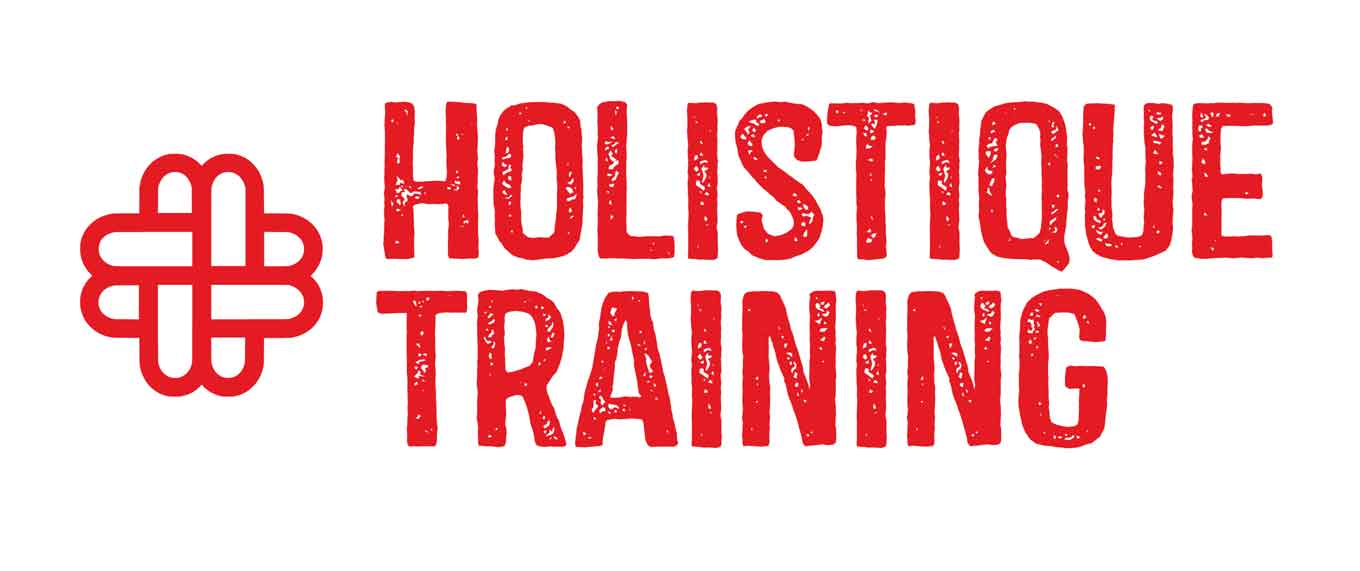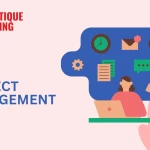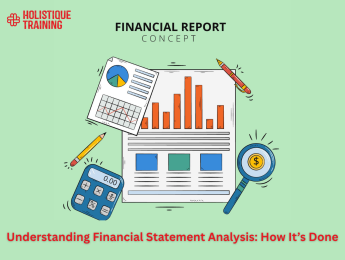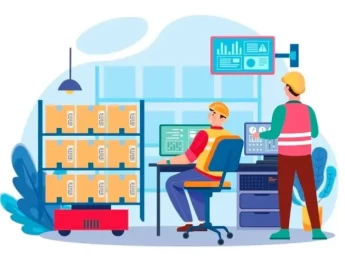- Table of Contents
- Introduction
- Defining Project Control: Beyond the Basics
- Key Indicators of a Well-Controlled Project
- 1. Budget Adherence
- 2. Timely Completion
- 3. Quality Standards Met
- 4. Stakeholder Satisfaction
- 5. Low Risk Incidence
- 6. Clear Roles and Responsibilities
- Common Warning Signs of a Project Out of Control
- 1. Repeated Delays
- 2. Scope Creep
- 3. Poor Communication
- 4. Inadequate Documentation
- 5. Budget Overruns
- The Role of Planning and Forecasting
- Tools and Techniques for Project Control
- 1. Gantt Charts
- 2. Earned Value Management (EVM)
- 3. Project Dashboards
- 4. MS Project
- 5. Trello / Asana
- Stakeholder Communication: A Control Lever Often Overlooked
- Risk Management as a Control Mechanism
- Tips to Regain Control When Things Start to Derail
- 1. Reassess the Project Plan
- 2. Engage Stakeholders
- 3. Narrow the Scope
- 4. Reallocate Resources
- 5. Establish a Recovery Plan
- Conclusion:
Introduction
In today’s complex business environment, the success of any project largely depends on the ability to maintain control throughout its lifecycle. Whether you're managing a small internal project or overseeing a multi-million-pound initiative, the concept of having a project under control is a cornerstone of effective project management. It determines how well a project meets its goals, stays within budget, adheres to timelines, and satisfies stakeholder expectations.
The idea of project control extends beyond merely tracking progress or holding meetings. It encompasses strategic planning, real-time monitoring, proactive risk management, and transparent communication. When a project is truly under control, it is not only progressing as planned but also has contingencies in place to handle deviations without significant disruption.
In this article, we will discuss what it really means to have a project under control. We will go beyond the textbook definitions and explore practical indicators of control, red flags that signal a project is going off-course, the importance of planning and forecasting, essential tools and techniques, stakeholder communication, risk management strategies, and actionable tips to regain control when things veer off track. Ultimately, we aim to provide a comprehensive understanding of how control can be established, maintained, and reinforced throughout the project lifecycle.
Defining Project Control: Beyond the Basics
Project control refers to the continuous process of measuring project performance, comparing it against the plan, and taking corrective actions to ensure the desired outcomes are achieved. It is more than simply observing progress; it involves actively managing resources, timelines, budgets, risks, and communication channels.
Unlike supervision, which is often reactive and observational, project control is proactive and strategic. It involves anticipating potential issues before they arise and implementing mitigation measures. It also requires real-time decision-making and adjustments to ensure project alignment with predefined goals.
Control begins during the planning phase when baselines for scope, time, and cost are established. Throughout the execution phase, performance is monitored against these baselines using various metrics and tools. If deviations occur, corrective actions must be implemented promptly.
For example, if a construction project shows signs of delay due to material shortages, a project under control will have pre-identified vendors or alternatives to keep the project moving. Without such foresight and adaptability, projects risk falling into chaos.
Ultimately, having a project under control means possessing the ability to respond dynamically to changes while keeping the end-goals firmly in focus. It requires coordination across all levels of the project team, strong leadership, and a structured approach to decision-making.
Key Indicators of a Well-Controlled Project
Ensuring that a project remains under control requires continuous monitoring and strategic alignment across various dimensions of performance. Here are six critical indicators that signal whether your project is truly on the right track:
1. Budget Adherence
Operating within the approved budget is one of the clearest signs of effective project control. Budget overruns often indicate issues such as inaccurate cost estimates, uncontrolled changes, or inefficient resource utilisation. By actively tracking spending and comparing it against forecasts, project managers can take early action to correct course. Tools like the Cost Performance Index (CPI) help quantify this alignment. A CPI of less than 1.0, for example, suggests that the project is over budget. According to the Project Management Institute (PMI), performance measurement systems like CPI are essential for maintaining control and forecasting final costs.
2. Timely Completion
Time is a critical constraint in every project. A controlled project follows a well-defined schedule with clear milestones and realistic task durations. Delays are promptly flagged and addressed through risk buffers or resource reallocation. Tools like Gantt charts and project calendars not only visualise timelines but also help detect bottlenecks early. Proactive schedule management minimises disruptions and allows the team to meet deadlines confidently.
3. Quality Standards Met
Delivering high-quality outputs is non-negotiable in a controlled project. Quality assurance (QA) mechanisms ensure that deliverables comply with industry standards, contractual obligations, and stakeholder expectations. This includes regular reviews, testing phases, and feedback loops. In the absence of quality control, rushed deliverables often lead to rework, dissatisfaction, or even project failure—turning control into crisis.
4. Stakeholder Satisfaction
Stakeholders—whether clients, sponsors, or end users—are central to a project’s success. A well-controlled project keeps stakeholders engaged through transparent updates, regular reporting, and inclusive planning. When stakeholders feel their voices are heard and their interests considered, they are more likely to support the team during critical phases. Their satisfaction also reduces friction, avoids last-minute scope changes, and secures future collaboration.
5. Low Risk Incidence
A project with low levels of disruptive risk is usually backed by a strong risk management framework. Controlled projects maintain updated risk registers, conduct scenario planning, and establish response strategies before issues arise. This proactive mindset limits uncertainty and increases resilience. Risk reviews should be scheduled routinely—not just when problems arise—to ensure continued alignment with evolving project conditions.
6. Clear Roles and Responsibilities
Clarity in team structure is fundamental to control. When responsibilities are well-defined, accountability becomes easier to enforce, decisions are made faster, and conflicts are minimised. Organisational charts, RACI matrices (Responsible, Accountable, Consulted, Informed), and clear reporting lines help reinforce this structure. In contrast, projects lacking role clarity often suffer from duplicated work, disengagement, or decision paralysis.
Common Warning Signs of a Project Out of Control
Recognising early warning signs that a project is losing control is crucial for recovery and long-term success. The sooner these indicators are addressed, the easier it becomes to stabilise the project before it leads to cost overruns, missed deadlines, or stakeholder dissatisfaction. Below are five critical red flags that suggest your project may be slipping out of control:
1. Repeated Delays
Persistent delays are among the most visible and damaging signs of a project in trouble. While one missed milestone may be recoverable, a pattern of schedule slippage often points to underlying issues such as poor initial planning, unrealistic deadlines, lack of resource availability, or unanticipated task dependencies. The cumulative effect of delays can lead to a domino collapse of downstream activities, resulting in contractual penalties, reputational damage, and team burnout. When delays become recurring, they signal the need for immediate root cause analysis and corrective action.
2. Scope Creep
Scope creep occurs when new features, tasks, or objectives are introduced without going through formal change control procedures. While some adjustments are inevitable in dynamic projects, uncontrolled scope expansion can dilute the team’s focus, stretch budgets, extend timelines, and create stakeholder frustration. Often, scope creep is the result of poor requirement definition or weak governance. A project under control maintains a well-defined scope and a structured process for assessing and approving changes to avoid chaos and inefficiency.
3. Poor Communication
Ineffective communication channels are a silent killer of project control. When team members are left uninformed about task updates, decisions, or changes, the result is often duplicated effort, confusion, delayed responses, and a toxic work environment. Poor communication can also breed mistrust among stakeholders, especially if they feel excluded or blindsided by developments. Regular meetings, clear reporting structures, and open feedback mechanisms are essential to prevent these issues from escalating.
4. Inadequate Documentation
Comprehensive documentation is the backbone of accountability and traceability in project management. Without it, it becomes nearly impossible to track decisions, measure progress, identify lessons learned, or hold parties responsible. Inadequate documentation results in confusion, rework, and disputes—especially during project handover or audits. Teams working without updated project plans, risk registers, or decision logs are essentially operating in the dark. A lack of documentation is a clear signal that internal controls are breaking down.
5. Budget Overruns
Financial performance is one of the most quantifiable indicators of project health. When actual expenses significantly exceed planned budgets, it often reflects poor estimation practices, underestimation of risks, or inefficient use of resources. Budget overruns may also stem from scope creep, lack of cost tracking mechanisms, or delayed procurement decisions. Frequent and unanalysed cost deviations should trigger a formal review or audit to uncover the root causes and take corrective action.
The Role of Planning and Forecasting
Planning and forecasting are the backbone of effective project control. By defining the scope, setting clear objectives, allocating resources, and identifying risks, a comprehensive project plan provides a roadmap for successful execution.
Forecasting uses historical data, expert judgement, and analytical tools to predict future trends and performance. This enables managers to make informed decisions, adjust resources, and manage stakeholder expectations.
Effective forecasting allows for adaptive scheduling and resource allocation, ensuring the project can remain on track even when disruptions occur.
Element | Purpose |
Timeline | Sets deadlines for deliverables |
Milestones | Marks progress checkpoints |
Resource Allocation | Optimises team and budget usage |
Risk Identification | Prepares mitigation strategies |
Tools and Techniques for Project Control
1. Gantt Charts
Gantt charts offer a visual representation of the project schedule. They highlight task dependencies, durations, and deadlines. Managers can quickly see which tasks are on track and which are falling behind.
2. Earned Value Management (EVM)
EVM integrates scope, time, and cost data to assess project performance. Metrics such as Cost Performance Index (CPI) and Schedule Performance Index (SPI) provide quantifiable insights into control status.
3. Project Dashboards
Dashboards consolidate project data into interactive visual summaries. They allow real-time tracking of KPIs, timelines, budgets, and team performance. Dashboards facilitate transparency and quick decision-making.
4. MS Project
Microsoft Project offers advanced project scheduling, resource planning, and reporting features. It is ideal for complex, multi-phase projects requiring detailed oversight.
5. Trello / Asana
These tools offer user-friendly task tracking features suited for agile teams. Their visual boards and checklist features help in managing workloads, deadlines, and team collaboration.
Stakeholder Communication: A Control Lever Often Overlooked
Effective stakeholder communication is crucial for maintaining project control. It involves not just reporting progress but also managing expectations, resolving conflicts, and fostering alignment.
Projects with strong communication plans experience fewer misunderstandings, higher engagement, and greater stakeholder trust. Regular meetings, clear documentation, and open feedback loops ensure everyone is on the same page.
Ignoring this aspect can lead to resistance, missed objectives, and loss of credibility. Controlled communication creates a culture of transparency, which is essential for project success.
Risk Management as a Control Mechanism
Risk management is a proactive approach to maintaining project control. Identifying potential issues before they occur allows teams to develop mitigation and contingency plans.
Key components include risk assessment, prioritisation, action planning, and continuous monitoring. Tools like risk matrices and registers help visualise and evaluate threats.
According to the Association for Project Management, strong risk management can reduce project failure rates significantly.
Risk Management Step | Description |
Identification | Recognise potential project risks |
Assessment | Evaluate likelihood and impact |
Planning | Develop mitigation strategies |
Monitoring | Track risk indicators and triggers |
Tips to Regain Control When Things Start to Derail
Even the most carefully planned projects can veer off track due to unforeseen challenges, shifting priorities, or miscommunication. However, a temporary derailment does not have to lead to failure. The ability to regain control swiftly and decisively is a critical skill for any project manager. Here are five practical steps to stabilise a struggling project and steer it back toward success:
1. Reassess the Project Plan
The first step is to pause and evaluate where the project stands relative to its original baselines. Identify the specific deviations—whether they relate to scope, time, cost, or quality. Use updated data to adjust timelines, redefine deliverables, and re-sequence tasks if necessary. This reassessment ensures that the team is operating with a current and realistic version of the plan.
2. Engage Stakeholders
Maintaining transparent communication with stakeholders is vital during a crisis. Share the nature of the issues honestly, explain proposed corrective actions, and invite feedback. Engaging stakeholders early can rebuild trust, realign expectations, and often uncover additional support—be it in the form of resources, approvals, or strategic advice.
3. Narrow the Scope
If the project has become too ambitious or scattered, consider reducing the scope temporarily. Focus on the critical path—those tasks that directly impact the delivery timeline. This approach helps conserve resources and provides clarity and direction to the team during a turbulent phase.
4. Reallocate Resources
Reassess where your resources are being utilised and redirect manpower, budget, or time toward high-impact areas. It may involve pausing or scaling back non-essential activities to ensure core deliverables are achieved.
5. Establish a Recovery Plan
Create a focused recovery plan that outlines urgent corrective actions, clear responsibilities, and short-term milestones. Integrate frequent monitoring checkpoints to track progress and adapt as needed. This structure helps restore momentum and re-establish control systematically.
Conclusion:
Maintaining control over a project is a dynamic and continuous process. It requires vigilance, adaptability, and a comprehensive strategy that aligns all project elements—scope, cost, time, risk, and communication.
Control should not be seen as a rigid framework but rather as a flexible system that evolves with the project’s needs. Strong planning, reliable tools, transparent communication, and proactive risk management all work together to create a stable environment where success is not left to chance.
By recognising the signs of loss of control and knowing how to respond effectively, project managers can prevent minor issues from escalating into major failures. Remember, control is not about perfection; it’s about staying informed, prepared, and responsive.
If you're ready to take your project management skills to the next level, consider enrolling in our advanced training course: Project Management with Primavera P6. This comprehensive programme dives deep into professional planning and control techniques using Primavera P6—an industry-leading software that enhances precision, forecasting, and real-time decision-making.
Master the art of controlling your projects from start to finish—because success isn't just about starting strong, it's about staying on course until the very end.
























